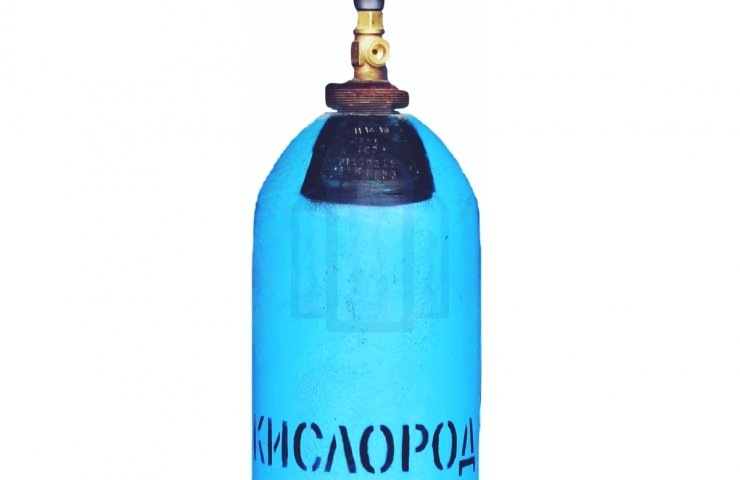Storage of oxygen cylinders
Oxygen obtained by electrolysis, on the basis of a membrane or nitrogen technology, is widely used in various spheres of human activity. It is equally in demand both in the industrial and medical complex, given that technical oxygen has a lower degree of purification, but, nevertheless, is a hazardous substance. Requires special storage conditions.
Storage and use of cylinders
Transportation and storage of liquefied oxygen is carried out in special cylinders made of high-carbon steel. Painted blue, they have special rings for easy portability and installation on site. The valve must be closed with a special cap. Before using the cylinder for its intended purpose, the employee must perform the following actions:
- Make sure the gas cylinder is not exposed to direct sunlight.
- The physical condition of the balloon must be free from dents, cracks or other physical damage.
- Foreign objects must not be allowed near liquefied oxygen.
- Wear special clothing and goggles for protection.
- Any malfunctions should lead to refusal to work with the cylinder.
Oxygen tanks are stored only in rooms on the ground floor. With a flat, non-slip floor. With well-organized ventilation and without heating devices in the cold season.
Hazardous gas concentration
Oxygen in high concentration is a toxic substance for humans and animals. The concentration rate in the working area should not go beyond 20-21%. Long-term inhalation of technical oxygen leads to the following negative consequences:
- violation of normal blood circulation;
- damage to the central nervous system;
- especially high concentration contributes to the appearance of free radicals;
- nausea and increased pallor;
- increase in body temperature.
When working regularly with oxygen cylinders, experts recommend having a special gas analyzer with you. It signals in time about a leak and an increased concentration of an explosive gaseous substance.
